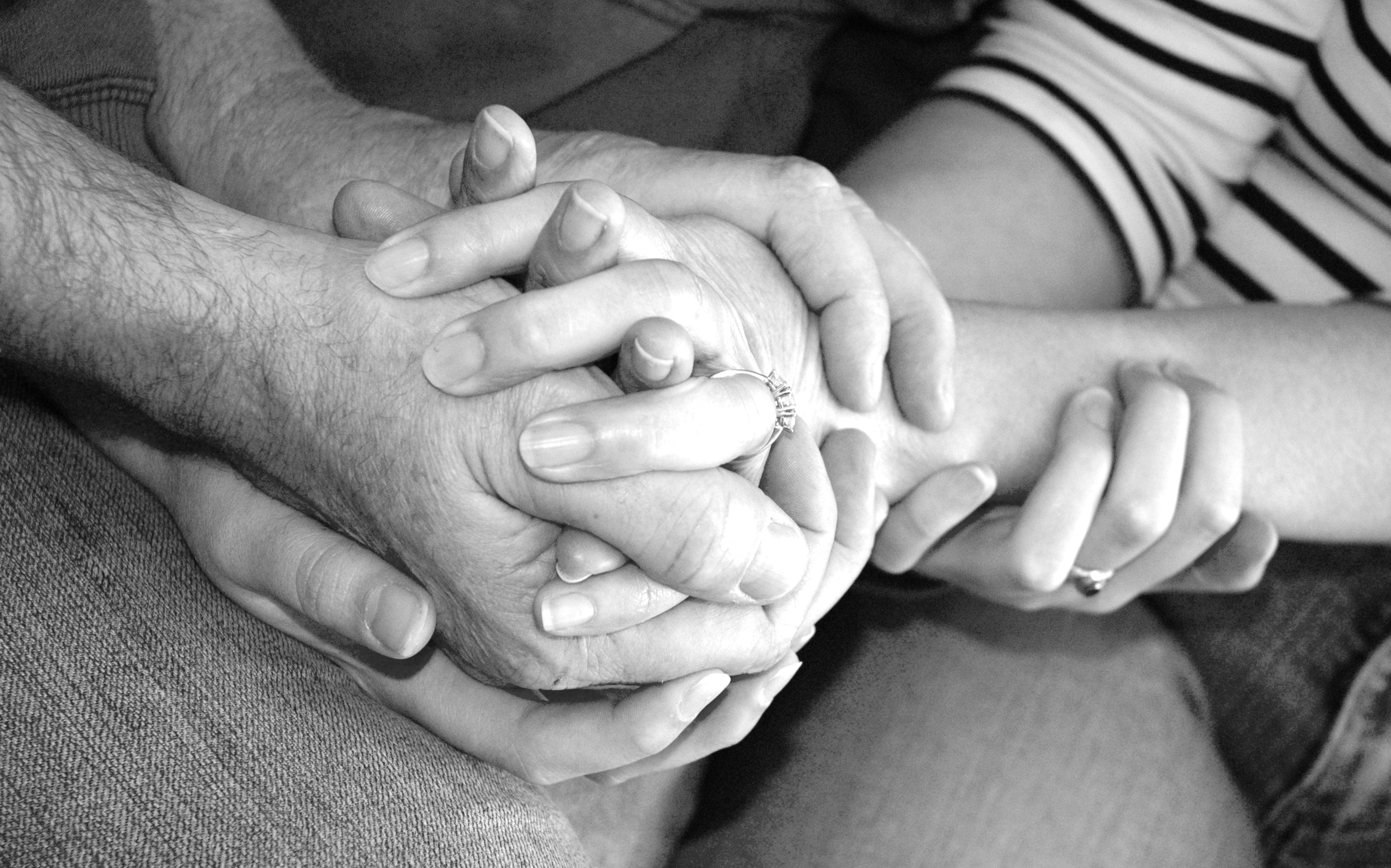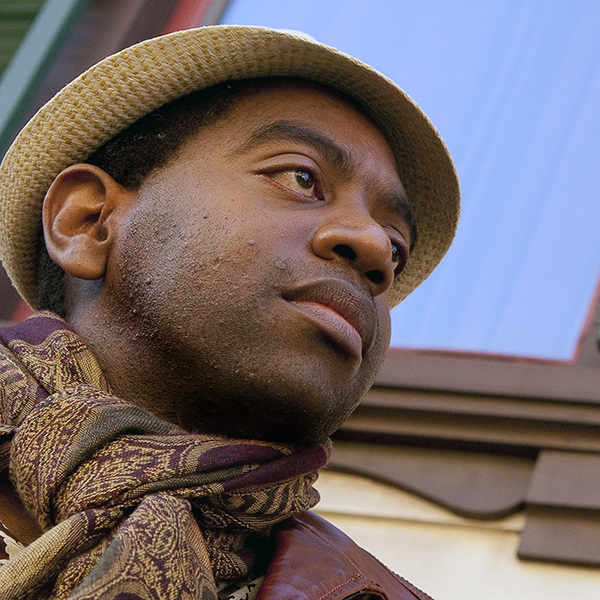Grief and loss are universal experiences that touch everyone at some point in their lives, yet they can feel incredibly isolating and overwhelming. The journey of dealing with grief often leads individuals through various stages, each filled with its own challenges and revelations. When faced with the loss of a loved one, it can be difficult to navigate the waves of emotion that arise, from shock and denial to anger and acceptance. Bereavement support plays a crucial role in helping individuals process their sorrow, providing guidance and community when isolation feels imminent. While the grief process is deeply personal, understanding its complexities can foster a path toward healing and remembrance.
The profound sorrow that accompanies the death of someone we cherish is often referred to in various ways, from mourning to bereavement. Navigating through these tumultuous emotions requires resilience and patience, as each person reacts differently to the heart-wrenching reality of losing a partner, family member, or close friend. This emotional turmoil, challenging as it may be, initiates a transformation where individuals must confront their deepest fears and vulnerabilities. Support systems, whether they be friends, family, or professional counselors, become vital in helping people find their footing in a world that has suddenly shifted. Understanding this journey helps individuals acknowledge their feelings, honoring the love that remains even in the absence of their loved ones.
Understanding the Grief Process
Grief is a complex and often disorienting process that affects individuals differently. The grief process typically begins with the initial shock of loss, followed by a mixture of feelings including sadness, anger, and confusion. It’s important to understand that there is no right or wrong way to grieve; each person’s experience is unique, shaped by their relationship with the loved one and their own mental and emotional health. Engaging in bereavement support can be crucial at this stage, as it allows individuals to express their feelings in a safe environment and begin to process the emotions involved.
As one navigates the journey through grief, it is essential to be gentle with oneself. Allowing time for reflection and mourning can provide opportunities to honor the lost loved one and acknowledge the significant change in one’s life. Moreover, coping mechanisms such as talking to friends, journaling, or participating in memorial activities can enhance healing. Recognizing that grief is not a linear journey, but rather a pendulum swing between acceptance and sorrow, is vital in the navigation process.
Dealing with Grief After Loss
Dealing with grief after the loss of a loved one can feel insurmountable. The suddenness of death often leads individuals to grapple with a whirlwind of emotions, ranging from disbelief to profound sadness. Acknowledging these feelings, rather than suppressing them, is an important step in the healing process. Strategies for coping might include seeking therapy, joining support groups, or consulting literature on grief, all of which can provide valuable insights and validation.
Additionally, embracing rituals or memorial traditions can help create a sense of connection to the deceased. Whether it is lighting a candle, visiting a gravesite, or simply sharing memories with friends and family, these acts can cultivate a sense of presence amidst the absence. The act of expression—whether through words, art, or music—can be a powerful tool for individuals as they navigate their way through the depths of grief.
Understanding how to deal with grief means preparing for the inevitable waves of emotion that can come unexpectedly. By allowing oneself the grace to feel deeply and openly, healing can begin to take place over time.
Navigating Grief: Common Misconceptions
Among the many challenges of the grieving process are the misconceptions that often surround it. A prevalent myth is that grieving should follow a predetermined timeline, which can place undue pressure on those affected by loss. In reality, grief is highly individualistic and can fluctuate significantly in intensity and duration. Many find that even after months or years, reminders of their loved one can evoke fresh waves of emotion, illustrating that healing is not about forgetting but rather integrating memories into one’s life.
Another common misconception is that people must grieve alone to be strong or that showing vulnerability signifies weakness. This is far from the truth; reaching out and leaning on others can foster support and companionship during one of life’s most challenging moments. Community resources, whether formal or informal, can offer the solace of shared experiences as individuals learn to navigate shared feelings of loss.
The Importance of Bereavement Support
Bereavement support plays a crucial role in helping individuals cope with the complex emotions associated with loss. Many find themselves unprepared for the depths of sorrow that come with the death of a loved one, and having a supportive network is vital for emotional recovery. Support groups, whether online or in-person, provide a space for individuals to share their experiences and listen to others, fostering a sense of belonging and understanding. This community can help normalize the feelings of grief, reminding individuals they are not alone.
Some bereavement programs even offer structured approaches to processing grief, often incorporating therapeutic techniques to aid in coping. Such resources can include workshops focused on memorializing the deceased or activities that encourage individuals to explore their feelings through art or writing. Engaging with bereavement support not only aids in managing grief but also empowers individuals to honor their loved ones while embarking on their own paths to healing.
Finding Ways to Honor Memories
Honoring the memory of a loved one is an essential part of the grieving process that can provide comfort and closure. This might take the form of creating a memory box filled with personal items that remind one of the deceased, compiling photo albums, or crafting a dedicated space in the home that reflects the person’s life and passions. Such acts serve not only as a way to cherish memories but also as a means to acknowledge the profound impact the person had.
In addition to personal tributes, public displays of remembrance, such as participating in charity runs, community service, or commemorative events, can further deepen the connection to the lost loved one. These activities allow individuals to channel their grief into something positive, fostering healing and interaction with others who may be experiencing similar losses.
The Role of Nature in Healing Grief
Nature has often been viewed as a powerful aid in healing the emotional wounds associated with grief and loss. The tranquility of natural surroundings can provide a comforting space for reflection and processing of overwhelming emotions. Many individuals find that spending time in parks, forests, or by the ocean allows them to connect with their grief in a peaceful setting, often discovering solace in the beauty of the world around them. This connection to nature can help facilitate a sense of acceptance and understanding.
Additionally, engaging in outdoor activities like hiking, gardening, or even simple walks can help release pent-up emotions and provide both physical and mental benefits. The act of moving through nature can serve as a metaphor for the journey through grief, allowing for moments of introspection, healing, and ultimately transformation as individuals navigate their paths forward.
Art as a Form of Expression in Grief
Art serves as a powerful outlet for expressing grief and loss. Whether through painting, writing, music, or dance, creative expression can help individuals articulate feelings that are often too complex or overwhelming to communicate verbally. For many, crafting a piece of art in memory of a lost loved one can provide not just relief but also a fundraising or awareness opportunity connected to causes significant to the deceased.
Participating in creative outlets not only helps in processing emotions related to grief but also offers a sense of purpose and community. Many organizations host workshops or gatherings centered around art therapy, demonstrating that these expressions can lead to healing while fostering connections with others navigating similar experiences. Engaging with art can make the grief feel less isolating and more understood.
Exploring Cultural Perspectives on Grief
Cultural perspectives on grief can significantly inform how individuals navigate their personal experiences with loss. Different cultures hold various beliefs, rituals, and practices surrounding death that can influence grieving behaviors. By exploring these cultural frameworks, one may find alternative methods for mourning and honoring the deceased that resonate personally. This exploration can provide new insights into the grieving process and broaden an individual’s understanding of their feelings.
Certain cultures emphasize public expressions of grief, such as communal mourning rituals, while others may prioritize privacy and individual mourning. Examining these traditions can help individuals identify practices that comfort them, offering additional tools for coping and integrating mourning into their lives. Furthermore, embracing aspects of one’s cultural heritage can create a stronger bond with the deceased, enriching the memory-making process.
The Essential Role of Time in Grieving
Time plays a critical role in the grieving process. It is often said that time heals all wounds, but the reality is more nuanced. While time does allow individuals to adapt to their loss, it does not erase the grief or the memories associated with it. Instead, time provides a framework within which people can reflect, process, and eventually find ways to carry on while still honoring their loved one.
Understanding that grief can resurface even after long periods can help individuals prepare for the waves of emotions that may come and go. It is essential to have patience with oneself during this process and to recognize that healing is not linear. Allowing grief to take its course, within the context of time, is a healthy step toward acceptance and living fully once again.
Frequently Asked Questions
What are effective strategies for dealing with grief after the loss of a loved one?
Dealing with grief effectively involves several strategies, including allowing yourself to feel your emotions, seeking social support, and engaging in self-care activities. Remembering your loved one through rituals or memorials can also aid in the grief process, while talking to a therapist can provide professional bereavement support.
How can I help a friend who is navigating grief after losing someone?
Supporting a friend navigating grief involves being present, listening without judgment, and offering practical help. Encourage them to share memories of their loved one and let them know it’s okay to feel their emotions. Bereavement support groups can also be useful, providing a safe space for them to express their feelings.
What does the grief process look like and how long does it typically last?
The grief process is not linear and varies widely from person to person. It often includes stages such as denial, anger, bargaining, depression, and acceptance. The duration of grief can differ significantly; some may feel relief within months, while others may find it takes years. Understanding that everyone’s timeline is unique is essential.
What types of bereavement support are available for those experiencing grief and loss?
Bereavement support can come in various forms including counseling services, support groups, and online forums. Many communities offer resources through hospices, hospitals, and mental health organizations. Additionally, books and workshops about grief can provide further understanding and coping strategies.
How can mindfulness practices assist in dealing with grief and loss?
Mindfulness practices can greatly assist in dealing with grief by promoting present-moment awareness and reducing anxiety. Techniques such as meditation, deep breathing, and gentle yoga can help calm the mind and provide a space to process emotions related to grief. Engaging in these practices encourages self-compassion during the grieving process.
Is it normal to feel guilt while navigating grief after the loss of a loved one?
Yes, feelings of guilt are a common part of the grief process after the loss of a loved one. It’s important to recognize that these feelings are natural and can arise from questioning past interactions or wishing you had done things differently. Talking about these feelings with a friend or a therapist can help alleviate guilt.
What are some signs that someone might need professional help while dealing with grief?
Signs that someone may need professional help while dealing with grief include prolonged sadness that interferes with daily life, feelings of hopelessness, emotional numbness, or thoughts of self-harm. If the individual struggles to cope or engage with others, it’s advisable to seek professional bereavement support to assist them through their grief.
How can writing help in working through grief and loss?
Writing can be a therapeutic outlet for expressing emotions related to grief and loss. Keeping a journal, writing letters to your deceased loved one, or even penning poems or stories about your memories can facilitate healing. This process allows you to articulate feelings and reflect on your grief journey.
What role does community support play in the grief process?
Community support plays a vital role in the grief process, providing connections that can help individuals feel less isolated. Engaging with supportive friends, family, or local groups can foster a sense of belonging and understanding during this challenging time, reinforcing that one does not have to grieve alone.
How can memorial activities facilitate the grieving process?
Memorial activities, such as creating a scrapbook, planting a tree, or holding a memorial service, can give tangible expressions to grief. These activities allow individuals to celebrate the life of their loved one while providing a structured way to mourn, facilitating healing and remembrance in the grief process.
| Key Point | Explanation |
|---|---|
| Sudden Loss | Geraldine Brooks describes the shocking moment she learned of her husband’s death, highlighting the disorienting impact of grief. |
| Emotion of Grief | Brooks reflects on the deep pain and disbelief she felt after losing Tony Horwitz, emphasizing the profound nature of her grief. |
| Coping Mechanism | In dealing with her husband’s death, Brooks acknowledges a struggle between performing normalcy and allowing herself to grieve authentically. |
| Time for Grief | Brooks understands the importance of taking time to mourn, breaking free from societal expectations of immediate healing. |
| Personal Journey | She narrates a reflective journey to Flinders Island where she intends to confront her grief and honor her husband’s memory. |
Summary
Grief and loss are profound experiences that touch everyone at some point in their lives. Geraldine Brooks’ heart-wrenching account of losing her husband illustrates the chaotic aftermath of sudden grief, coupled with the necessity of allowing oneself to truly mourn. Through her narrative, readers can glean the importance of embracing the full spectrum of emotions that accompany loss, recognizing that grief is not merely an expression of sorrow but a reflection of love. This journey through grief ultimately allows for healing and remembrance.



